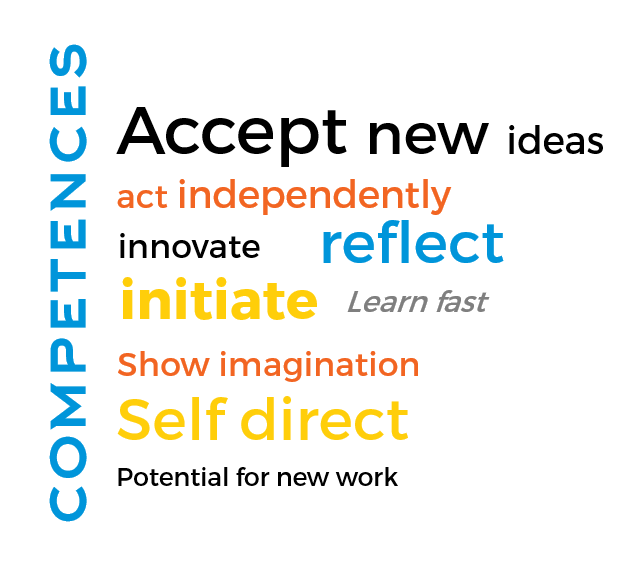Change: nobody will escape from it. Digitization, disruption and robotization cause tsunamis that come at us on top of the normal waves of change. Many functions are fading away and many new ones are emerging. From fixed to stacked jobs, from postman to drone pilot, from teacher to MOOC producer, from trainer to game designer and from garbage collector to waste coach. Well, change-managers are facing golden times. That is, if they also fully understand the changes themselves.
A question that quickly comes to us: can employees, self-employed persons, flex workers cope with that change? How do we find out if they can successfully fulfill that new job? Because we do not have any performance data for all these new functions. And the performance data of functions that disappear are getting useless.
And organizations, how do they migrate from old to new? More than ever, it is important for organizations to get traction on time. Implementing change will require additional managerial expertise. Because, how do you get all involved employees, self-employed and flexible workers moving? And at the right workplace? Which migration path should you offer them?

The recruitment-marketing concept of the candidate journey can guide in organizing change. Thinking in a journey can be inspiring to ensure that major organizational changes run smoothly. A simple employee journey can then look like this:

As an employee, self-employed person or flex worker, you want to understand why the proposed change is being implemented. The transition story must be logical, relevant and credible. Are you able, as a director, to tell the transition story in such a way that your employees understand the why and also start to see it? And in an inspiring way?

There is no traction without a sense of urgency. Urgency is something that you must feel. For instance by sharing negative experiences, such as the way we do things now, with colleagues, managers, executives, etc. That’s much more effective than selling all the benefits of change to employees with facts, figures, and powerpoints. If you want to know more about feeling urgency, read more about the 8 steps of chance by John Kotter or watch this video by Ben van de Tiggelaar (dutch).
Feeling urgency, as part of the employee journey, is not only based on facts and benefits but also (and especially) based on negative experiences. For example, by having employees submit a complaint about a product themselves or, as a salesperson, participating in production planning for a day. In short: by just getting into the skin of your internal or external customer/supplier and undergoing all the shortcomings of the current way of working.
When employees understand the change and feel the urgency, traction is created. New barriers to cope smoothly with the change, then emerge:

If the help is good, the ability, willing and daring no threshold, doing does follow automatically. Encouraging is the credo here, then doing becomes automatic. The reverse also applies of course: If you have dropped stitches in the previous steps, a rear-guard fight will take place here. That costs a lot of energy and only produces little results.

Of course, I will respect your opinion. But my answer to this question is: no. And with more nuance: the greater the change, the more the need to use psychometric data to make change a success. If employees migrate to (completely) new positions, then you must have insight into their potential. Especially if you don’t have relevant performance data to fall back on. If employees got cold feet or you want to help them remove obstacles, then insights into motivations, personality, and hardiness contributes to the effectiveness of the change process. With psychological data, an organization can go faster, more effective and more focused through change processes. Then an ROI calculation is made quickly.

Or call: +31 88 – 277 377 6
To call directly: +31 88 277 377 6
Subscribe to new comments